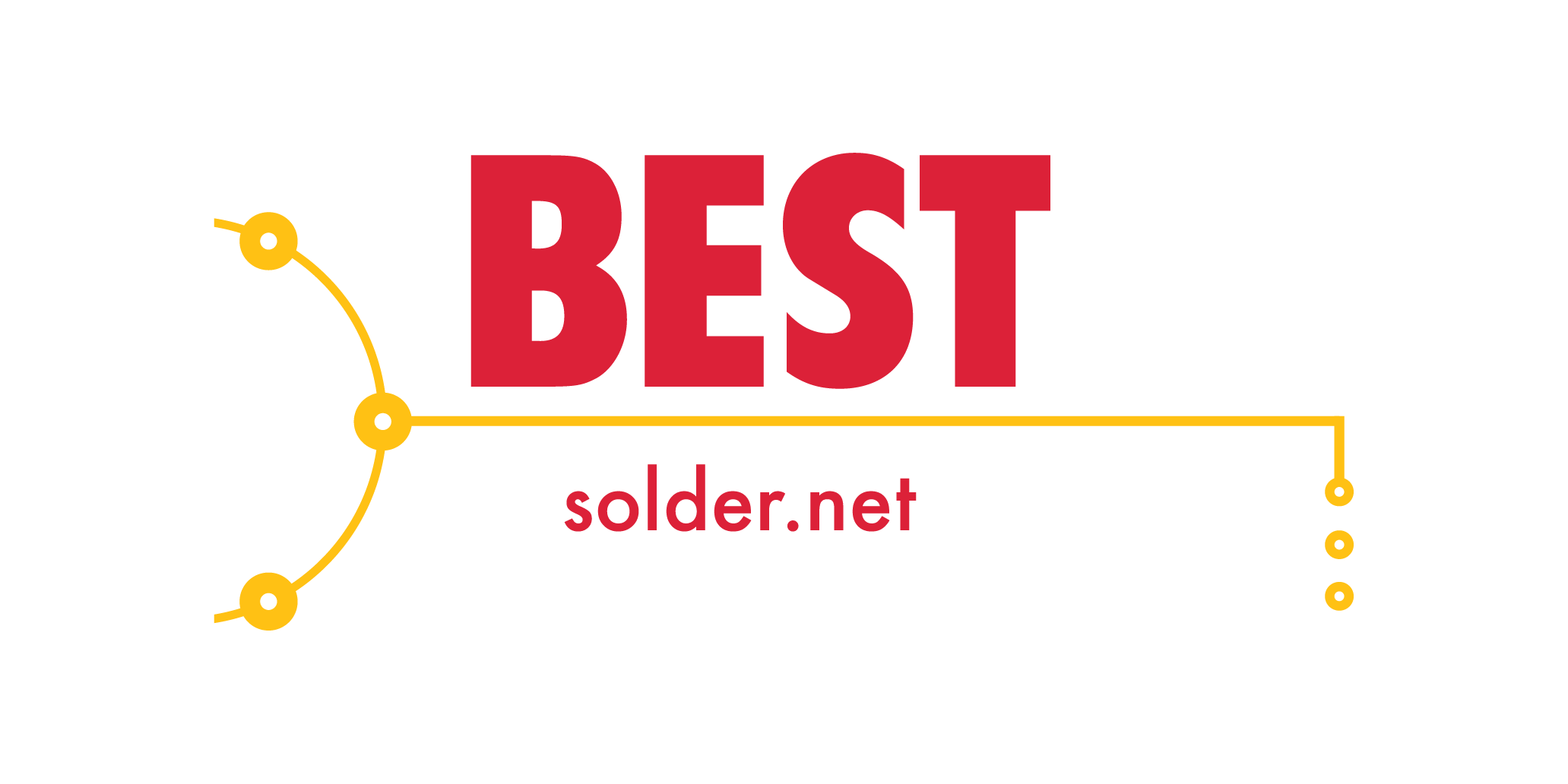What Not to Do While Getting BGA Rework
Feb 26th 2021

If you ask any assembly facility operator or a PCB repair expert, "What is the most challenging procedure you perform?" – the answer will always be BGA Rework. Ball Grid Array rework is extremely challenging because the technicians doing the work need to be highly skilled and knowledgeable. Plus, they need to be equipped with the latest rework equipment. That's why these processes are considered to be scientific and artistic at the same time!
Many of the challenges involved in Ball Grid Array rework processes stem from the unique nature of BGAs. They're designed to be permanently integrated with PCBs and all connected, integrated circuits. Hence, reaching the connecting pins is extremely difficult.
If you heat the entire device up to the solder's heating point, there's a high risk of ruining the entire assembly. The 'balls' in ball grid arrays act very unreliably when boards heat up and shrink. Overall, the risks of making mistakes are very high.
Businesses that need BGA rework need to partner with such experts and avoid these common mistakes -
Partnering withInadequately Trained Operators
If your BGA repair and rework technicians are not well-trained, you're facing a massive risk. Experts of BGA rework and repair processes follow well-defined rules and use the latest rework equipment to avoid common rework issues and mistakes. The last thing these professionals want is to scrap the BGA completely and start anew. These experts are trained to -
Understand the materials they're working with.
Evaluate rework requirements before work commences.
Make sure the interactions between different components are not volatile.
Select the correct tools for different types of ball grid array rework and repair processes.
How can businesses determine whether a ball grid array rework and repair team are equipped to take these proper steps? Ask them about their capabilities! A good BGA repair and rework team should be able to - remove BGA components, prepare safe sites for rework procedures, replace and recover damaged BGAs, trace or mask past repairs, and conduct thorough post-placement inspections with the latest x-ray devices.
More importantly, the rework experts you choose need to be IPC-certified. By partnering with such a team, businesses can also learn how to troubleshoot their own BGA repair and rework processes
Not Using the Latest Equipment
The equipment used by your BGA repair and rework technician should be resilient enough to be used repeatedly in controlled processes. Be it closed-loop thermal sensing or the ability to deliver adequate amounts of heat wherever the rework process demands – the equipment used by your technicians needs to be highly advanced and flexible enough to prevent future repair issues. The equipment used needs to facilitate both part removals and part replacements.
Not Focusing on Post-Placement Inspections
Thanks to advanced X-ray inspection machines, rework technicians can easily explore the worlds underneath BGA components. They can instantly detect issues like poor alignment or excessive voiding with these machines. So, all businesses must ensure their rework technicians have access to the latest X-ray systems and are trained enough to accurately interpret the machines' readings.
By partnering with such BGA repair and rework experts, businesses can avoid expensive board rebuilds and save a lot of time and money!




